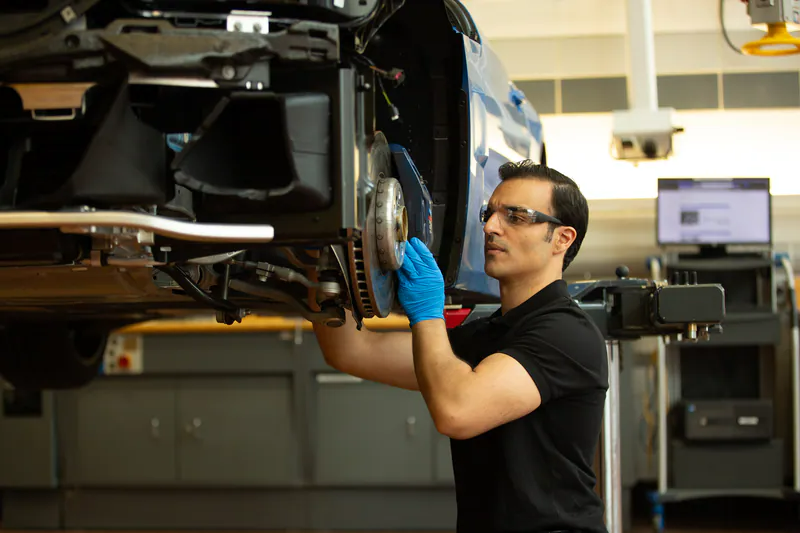Understanding the Difference Between Hourly Technicians and Flat Rate Technicians
August 01 2023 - BMW of Bridgewater
In the automotive service industry, technicians play a crucial role in keeping vehicles running smoothly and ensuring customer satisfaction. When it comes to compensation, there are two primary methods employed: hourly pay and flat rate pay. Each method has its pros and cons, and it's essential to understand the difference between them to make informed decisions for both technicians and service shops. In this blog, we'll explore the disparities between hourly technicians and flat rate technicians.

Hourly Technicians:
- Hourly technicians are employees who receive a fixed hourly wage for the time they spend working on vehicles. Their pay is consistent, regardless of the number of repairs they complete or the time it takes them to finish a job. Here are some key points to consider:
- Steady Income: Hourly technicians have the advantage of a predictable paycheck. They receive compensation for every hour they work, which can be beneficial during slower periods or when there is a lack of customer appointments.
- Time-Driven: Since their payment is linked to hours worked, hourly technicians are less pressured by time constraints and may prioritize thoroughness and precision over speed.
- Less Incentive for Efficiency: On the downside, hourly technicians may lack motivation to complete repairs quickly, potentially leading to decreased productivity in some cases.
Flat Rate Technicians:
- Flat rate technicians, on the other hand, are paid based on a fixed rate for each specific repair or task they complete. This rate is determined by the industry standard or the employer's pricing system. Here are the key points to consider for flat rate technicians:
- Pay for Performance: Flat rate technicians are incentivized to work efficiently, as they can earn more by completing jobs faster without sacrificing quality.
- Uncertainty in Income: Since their pay is tied to the number of tasks they complete, flat rate technicians' income can fluctuate, especially during slower business periods.
- Expertise Matters: Experienced and skilled flat rate technicians have the potential to earn significantly more than their hourly counterparts due to their ability to complete jobs quickly and accurately.
- Pressure and Stress: The pressure to meet deadlines and the potential for lower income during slow periods can lead to increased stress and burnout for flat rate technicians.
Choosing the Right Pay Structure:
Both pay structures have their merits, and the choice between hourly and flat rate largely depends on the business model of the automotive service shop and the preferences of the technicians. Some service shops might employ a mix of both hourly and flat rate technicians to strike a balance between consistency and efficiency.
In conclusion, the main difference between hourly technicians and flat rate technicians lies in their compensation structure. Hourly technicians receive a fixed wage for every hour worked, offering stability but potentially reducing their incentive to work quickly. In contrast, flat rate technicians are paid based on the number of completed repairs, which incentivizes efficiency but may lead to income fluctuations.
Ultimately, the key to a successful service shop is finding a balance that keeps technicians motivated, customers satisfied, and the business thriving. Whether hourly or flat rate, skilled and dedicated technicians are the backbone of any successful automotive service shop.
Apply Today: https://www.bmwofbridgewater.com/bmw-automotive-technician-careers
#bmw #bmwcareers #technician #careers #service #bmwservice #servicenearme #bmwnearme #job #bmwjob
Apply Today: https://www.bmwofbridgewater.com/bmw-automotive-technician-careers
#bmw #bmwcareers #technician #careers #service #bmwservice #servicenearme #bmwnearme #job #bmwjob